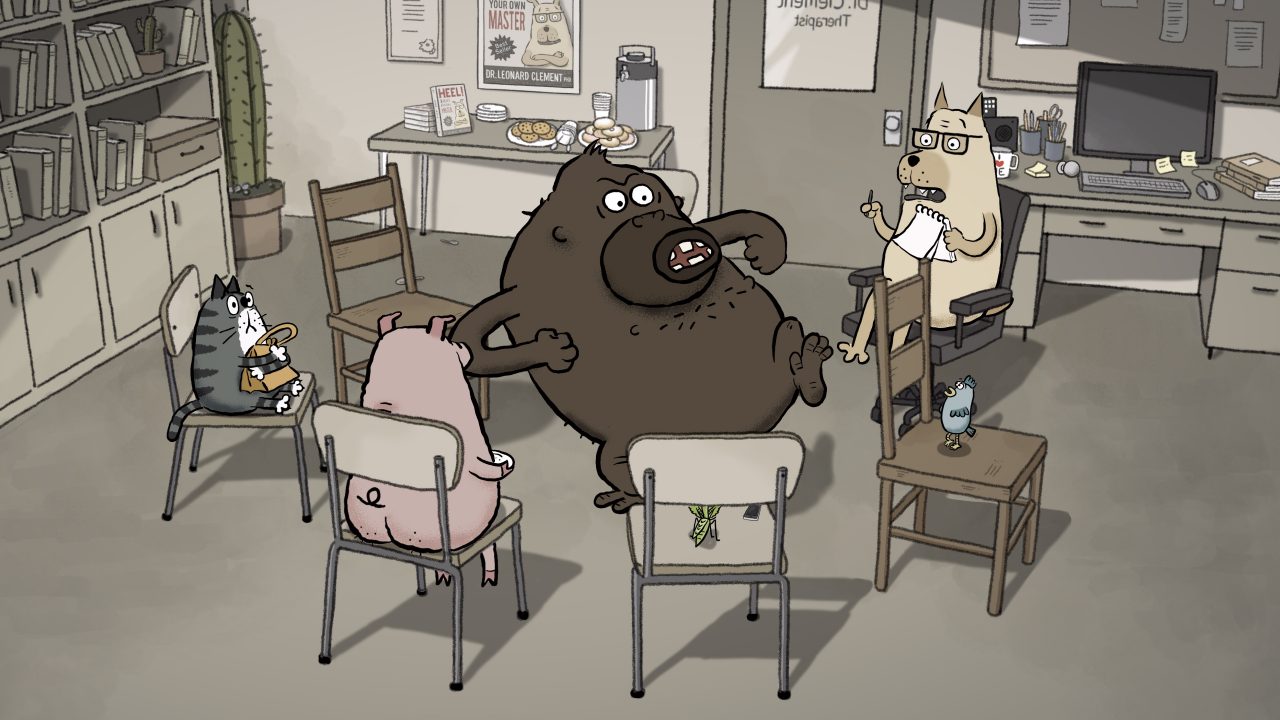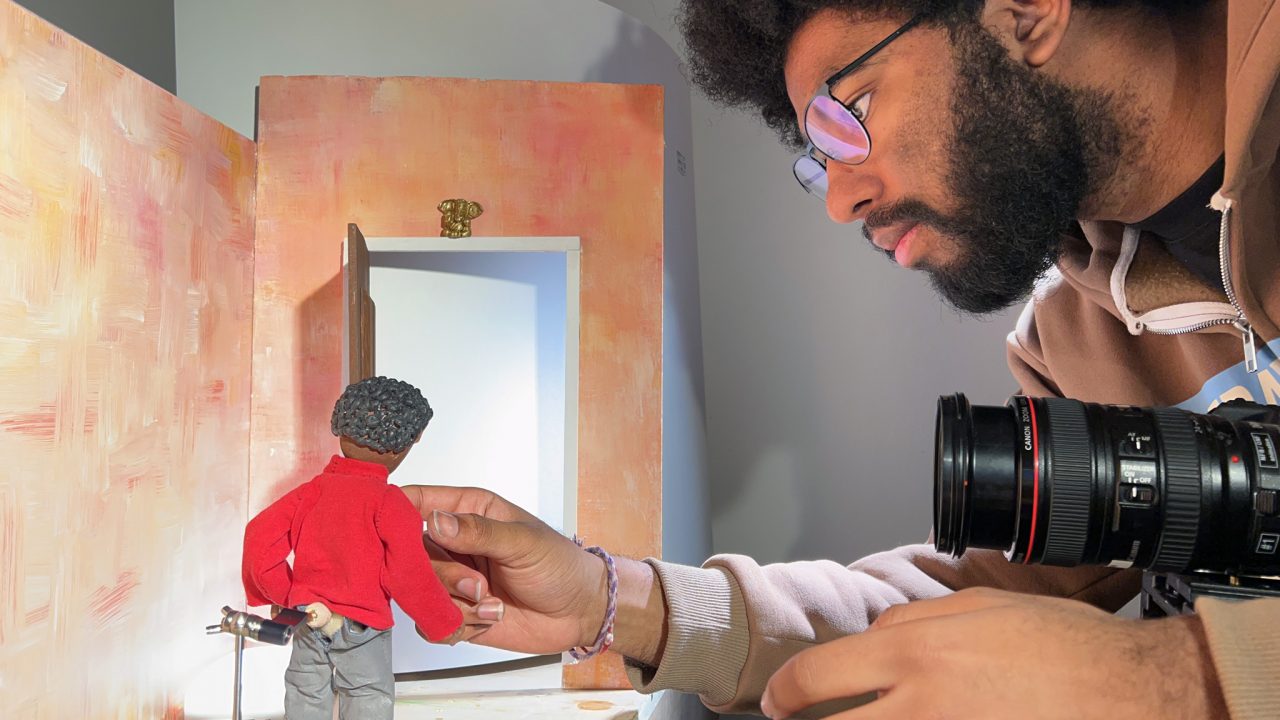The Insider’s Guide to Hothouse
False Saints, Malcolm Sutherland, provided by the National Film Board of Canada
In this third and final instalment of my interview with animation producer Michael Fukushima, he talks about the Hothouse program; how it came about, its objectives and how it’s evolved over the years.
Hothouse is a 12-week paid apprenticeship program for emerging Canadian filmmakers. It was created in 2003 by Michael and executive producer David Verrall. The aim is to re-imagine ways of making animation that are faster, more flexible and that celebrate the shortest of the short forms – 1 minute – while maintaining creative and technical excellence.
JM: Talk to me about Hothouse.
MF: Hothouse has been described as the flagship emerging filmmaker program at the NFB. It has been extremely successful. We’re about to launch the 6th Hothouse program, probably in autumn. I think it’s been successful because David [Verrall] and I, who created it, spent a lot of time thinking about what a program like this should do and why it should exist.
It was created because we were finding that young filmmakers were coming here and being thrown into the same pool as seasoned animators like John Weldon et al. and proposing 10 minute films with $300K budgets that would take two years to make and just breaking under all the pressure. Financial pressure, deadlines and having to live up to the legacy of the Board.
http://www.nfb.ca/film/bones_boats/
They were essentially learning on the job. And while normally learning on the job is not a bad thing, when we’re talk about a project of that scale it’s just not effective at all.
So what David and I decided to do is create a program that has the complete NFB production cycle, but in a really compressed amount of time and for very little money. Very little money means a modest investment on the Film Board’s part and a compressed amount of time means a modest investment on the filmmaker’s part. It’s not such a great burden for either party.
The key principle behind it was to go through the complete process [of producing an animated short] so that a young filmmaker learned all the stages of filmmaking done in a professional context. And they learned the valuable lesson of collaboration.
http://www.nfb.ca/film/12/
Cinema is a collaborative process. It’s possible to make a film entirely on your own, but they’re lesser films that don’t embrace and take in a number of viewpoints and skills and specialties. So we impose editors, sound designers and composers. We force critical review sessions. The participants have to work with a producer. These are all things a young filmmaker might never experience in their filmmaking life and in our arrogance here at the NFB animation studio, we honestly believe that those things make a huge difference.
These are all of the things we built into the process and they have remained keystones of the program. The other keystone is having a mentor, a veteran filmmaker onsite working with all six filmmakers, helping them and giving them the wisdom of their experience. It opens up possibilities.
In some cases, the mentors also help young filmmakers navigate the NFB, because sometimes the mentors have been NFB filmmakers themselves and can give tips about who to speak to or how to prepare themselves for the post production flow. We’ve built a complete support structure for each of the 6 filmmakers. All with the purpose of giving them the complete professional filmmaking experience.
http://www.nfb.ca/film/4/
The program has modified over time. When we started it was entirely about the process. The films themselves were secondary. If the films were good, they were good, if not, so what? It was really about what are they going to learn.
My measure of success is if they make a second film, how much better is it than it might have been? That has changed a bit over the last couple of years since Maral Mohammadian [associate producer for Hothouse] came in. She has not abandoned any of the process work, but she has added into her mix bringing each of the hothouse films up in terms of artistic and technical quality so that they do stand on their own once they’re out there in the world.
And I think that has made a profound difference to the program overall. Those films have become more successful. The world is noticing them more and as a result the Film Board is noticing them more. The films are going to festivals and we haven’t lost sight of the founding principles. And Maral is right. We have a mandate to make excellent films, why shouldn’t these films be just as excellent?
http://www.nfb.ca/film/hothouse_5_git_gob/
***
So what else do you want to know about animation at the NFB? Drop me a line in the comment box below and I’ll be happy to do the research for you. Because I gotta say, those are some pretty cool folk in that department…



